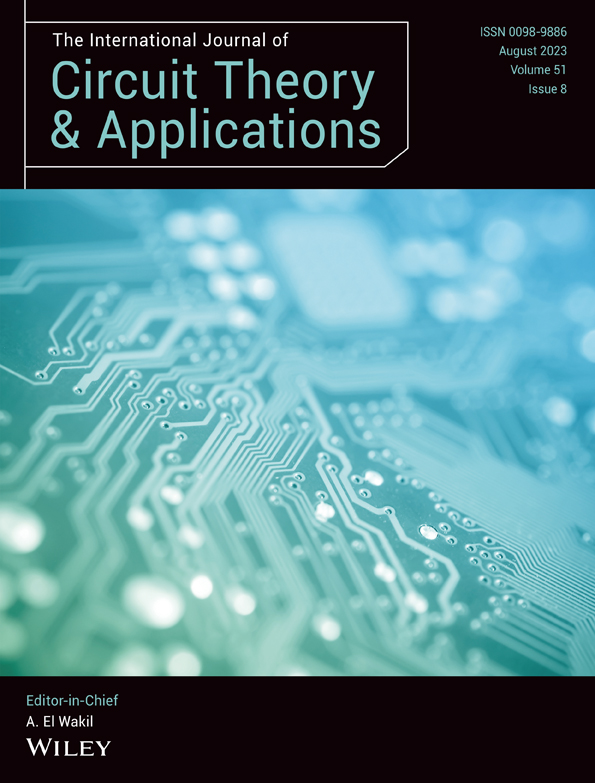Bidirectional half-bridge LLC resonant converter with automatic current sharing characteristic
Summary
A bidirectional half-bridge (BHB) LLC resonant converter with automatic current sharing characteristics is proposed in this paper for high-power bidirectional energy storage applications. With the help of magnetizing inductance of transformer, all MOSFETs on the primary and secondary sides can realize zero-voltage switching. By grouping the secondary windings of the transformer, excellent current sharing can be achieved in both forward and backward operation modes even if there is a 10% error of the resonant parameters. Due to the half bridge structure in both primary and secondary sides, the number of switches is reduced. And the resonant capacitance is small, which is conducive to integrate into the isolation transformer. Thus, the power density and overall efficiency of the proposed converter can be improved. Whether the converter is in forward or backward operation mode, the PWM control strategy is consistent, and it is not required to control the power flow by regulating the phase shift angle of primary and secondary sides, which makes the control strategy of the proposed converter easier. Finally, an 850 W experimental prototype is established to verify the superiority of the proposed circuit. Under the full load condition, the measured peak efficiency is 98.11% and 97.11% in the forward and backward operating modes, respectively.
CONFLICT OF INTEREST STATEMENT
The authors declare no conflict of interest.
Open Research
DATA AVAILABILITY STATEMENT
The data that support the findings of this article are available from the corresponding author upon reasonable request.




